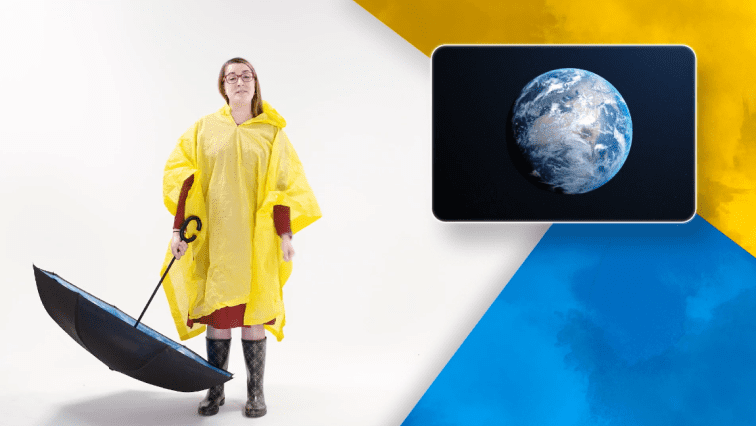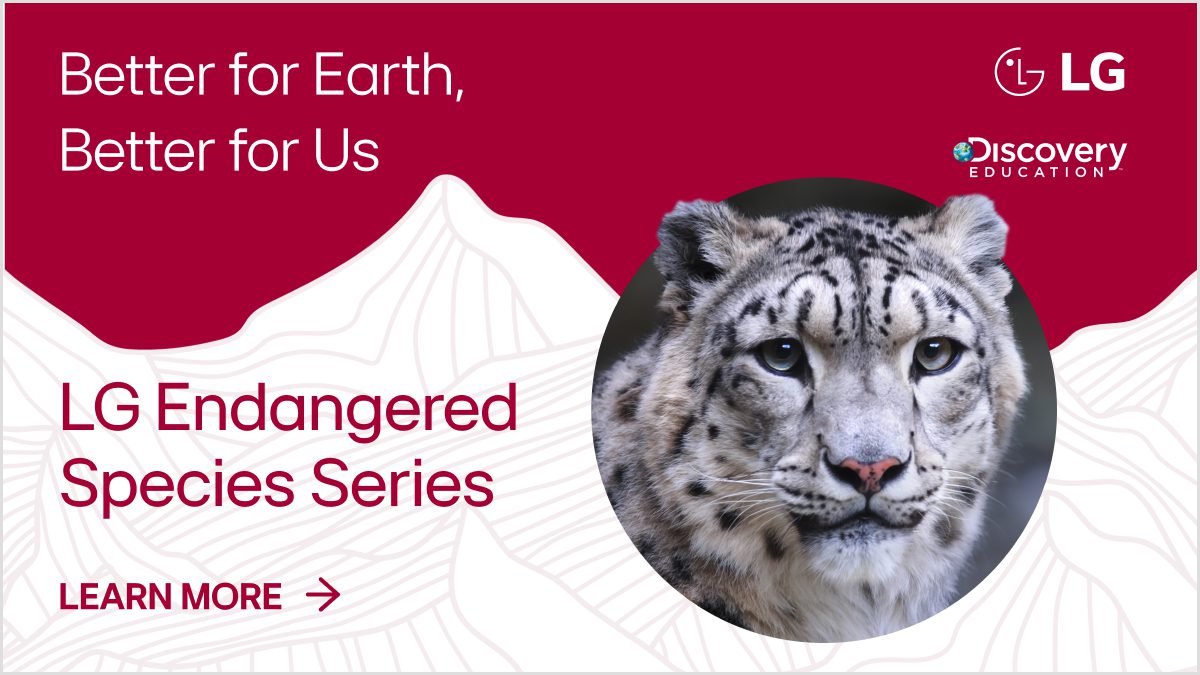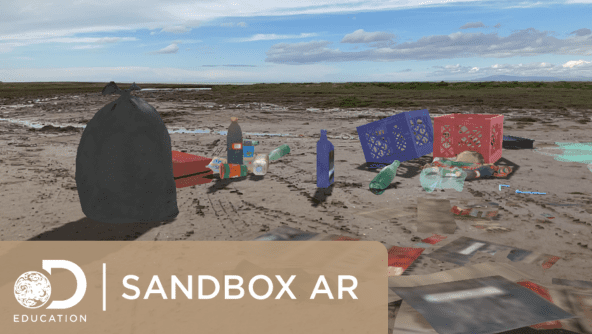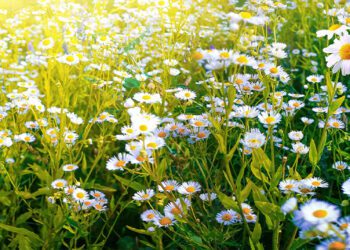Celebrate Earth Day with Discovery Education’s collection of Earth Day activities and encourage your students to explore the wonders of our planet!
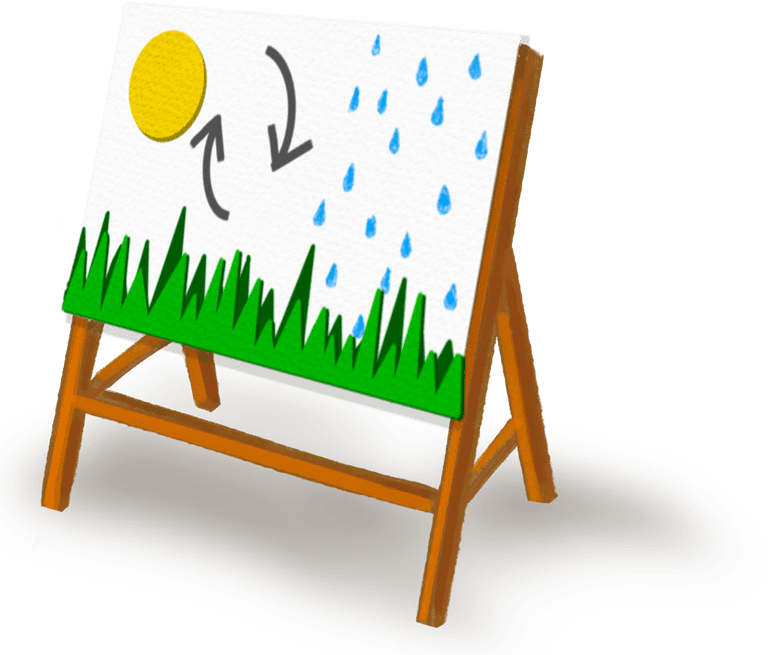
Explore Earth
Our planet is beautiful—from land to sea! Wondering about the importance of water to our world, what issues our planet is facing, or how we can help? DE has pulled together engaging lessons, videos, and activities to show students the wonders of our planet.
Start the journey for students in grades PK-5 with DE’s Earth to Luna: So Much Water, Fishtronaut: The Case of the Underwater Desert, and Fishtronaut: A Case of the Missing River videos to learn where our water comes from and how to protect the creatures that live in it. Next, let students in grades 3-5 dive into the different climates and weather conditions around the world with DEmystified: Climate and consider how human choices affect the environment as they explore Minecraft’s Sustainability City.
Introduce the various resources our planet offers us and highlight the difference between renewable and nonrenewable resources, and ways to protect these resources with videos from DEmystified, then take the resource research even further with Elements videos on clean water and trash!
Take the journey to the next level for students in grades 6-12 by exploring real-world environmental issues. With videos on greenhouse gases (The Greenhouse Effect and SF6 greenhouse gas), experiences of living in a California drought with When a Town Runs Dry, or stories of how commercial farming impacts life in the Gamo Highlands of Africa with A Thousand Suns, students can explore the various environments that exist around our planet!
Next, step into the animal kingdom with a new Endangered Species Series created in partnership with LG! In the first activity of the Endangered Species Series, students will have the opportunity to dive into the world of animal adaptations by observing snow leopards in real time! Students will be able to identify variations in characteristics within the species, which play a crucial role in providing advantages for survival, finding mates, and successful reproduction. Our planet offers many resources, animals, and plants, and Earth Day is the perfect opportunity to explore them all!
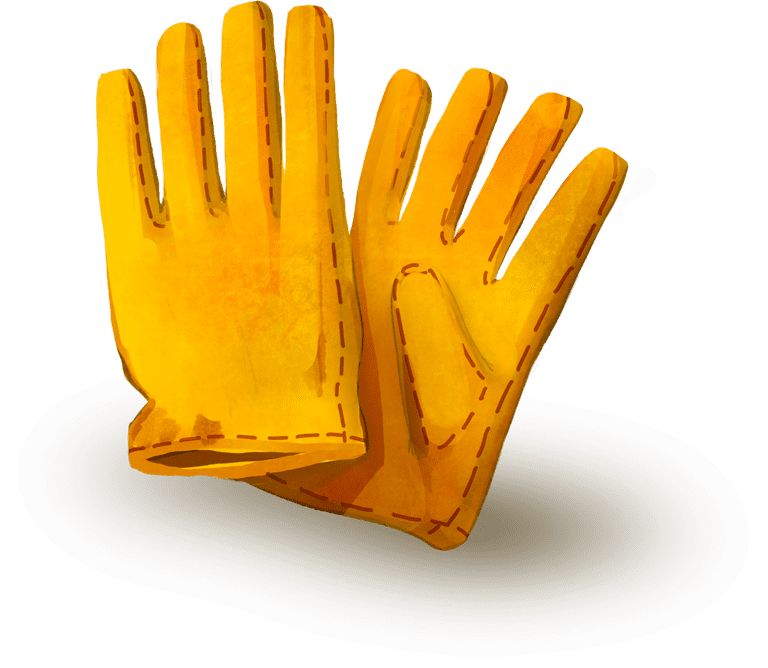
Care for Our Community
With so much to appreciate about Earth, how can we show we care for our local communities? Inspire students to think about their communities by highlighting stories of leaders making an impact in their local communities.
Sustainable Futures, a program from Discovery Education and Trane Technologies, provides resources to inspire students to learn, explore, innovate and lead us to a healthier world. With career profiles and a look inside global climate leader, Trane Technologies, students can see employees who are using sustainable solutions to create the systems that make a positive impact in their communities.
Register your class so they can go behind-the-scenes of professional basketball on Thursday, April 18, 2024 at 1:00 PM ET with a special tour of LEED Gold-certified basketball arenas and the NBA Headquarters in a brand-new Virtual Field Trip from the NBA! Students will learn how the arenas of the Golden State Warriors and Orlando Magic are efficient and eco-friendly, and how basketball can play an important part in ensuring clean, bright futures for innovative communities.
More Planet-Friendly Resources for Earth Day Lessons

Sesame Workshop: Make Our Earth Better
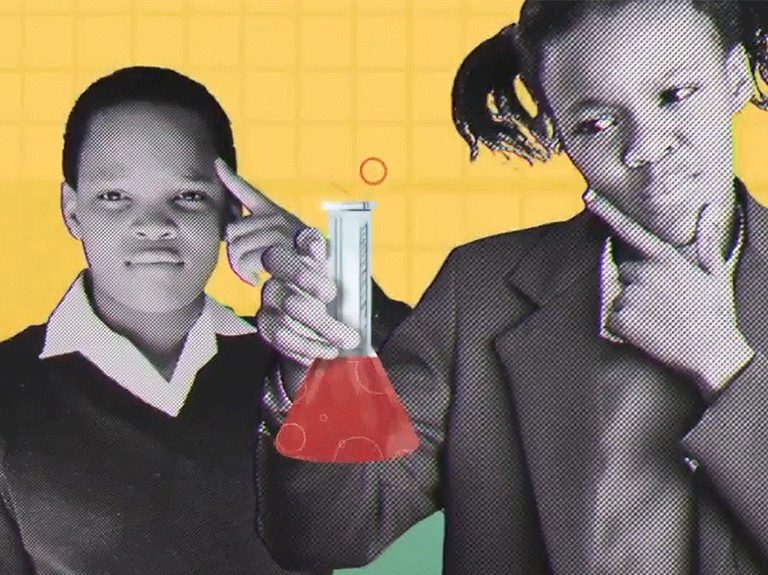
N*Gen

Conservation Station
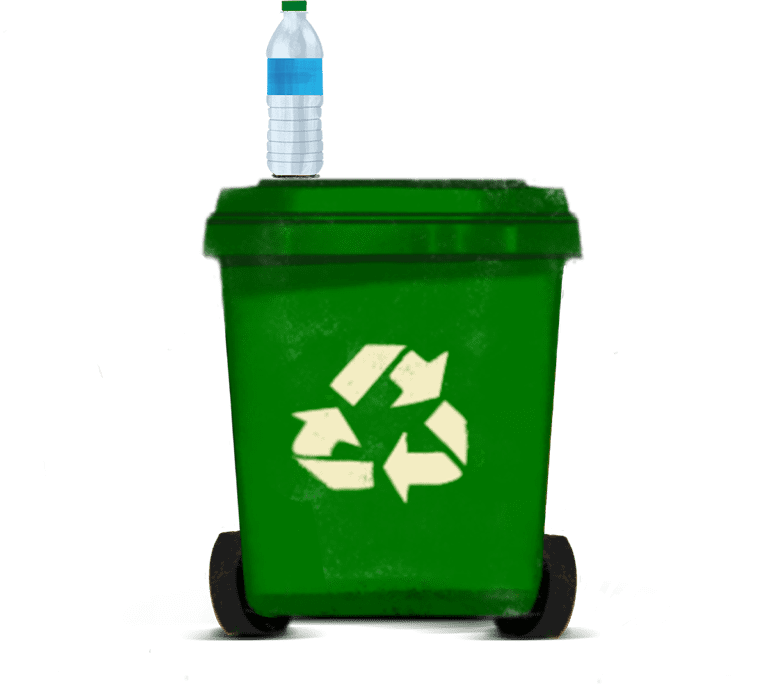
Make Mindful Choices
Help students see how individual human actions impact the planet with the Make Our Earth Better video and mini-lesson for grades PK-2 and N*GEN’s new video for older students.
Peer into how Plastics are used with videos from Earth to Luna and Fishtronaut. Next, take a peek at the solutions scientists are creating for plastics! Watch The Recycling Process video to discover how plastic bottles, cardboard boxes, and aluminum cans can be transformed into something new, then step into a science lab in this Elements video to learn about a new “super enzyme” that can break down plastic materials faster than before.
Students can practice making mindful choices by using the Sandbox AR app to clean up the beach in augmented reality! Walk around in a pre-made beach scene, find the plastic objects, and remove them to pick up the litter. This activity takes place inside the free Sandbox AR app for iOS.
Find out about Fast Fashion’s Impact on the Environment with a video from Newsy, reading passages from Science News Explores, or turn your classroom into a design studio with the Plastic Fabric STEM Challenge that allows your students to create a makeshift fabric from recycled plastic.
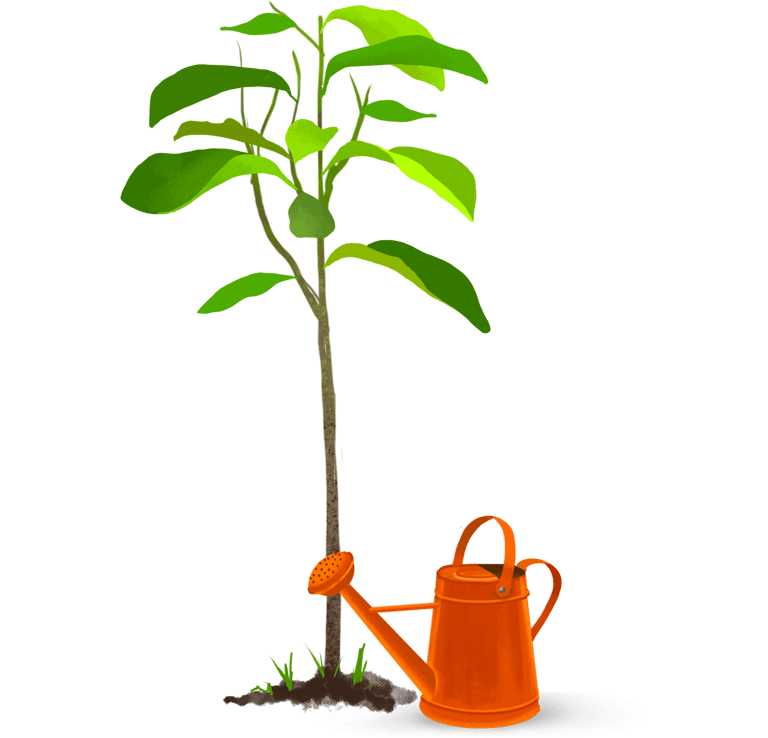
Plant Trees
Trees are a great resource for our planet since they provide nutrients to our soil, clean our air, and help provide a habitat for many living things. To honor Earth Day, plant seeds of knowledge about trees and what it takes to help trees flourish with Earth To Luna: Yummy Dirt and the Plant a Seed Exercise!
Next, grow students’ understanding of trees with real-world stories! For students in grades PK-2, read the story of Jadav “Molai” Payeng in The Boy Who Grew a Forest from Vooks, and completing the activity sheet about the story after reading. Students in grades PK-8 can explore stories of real students’ actions in We Are One, and students in grades 3-12 can see the impact newly planted trees are having in cities around the world with a new article from Newsy!
Earth Day is on April 22 each year, but with engaging content from Discovery Education, you can elevate your students’ understanding of the Earth any time of the year!


